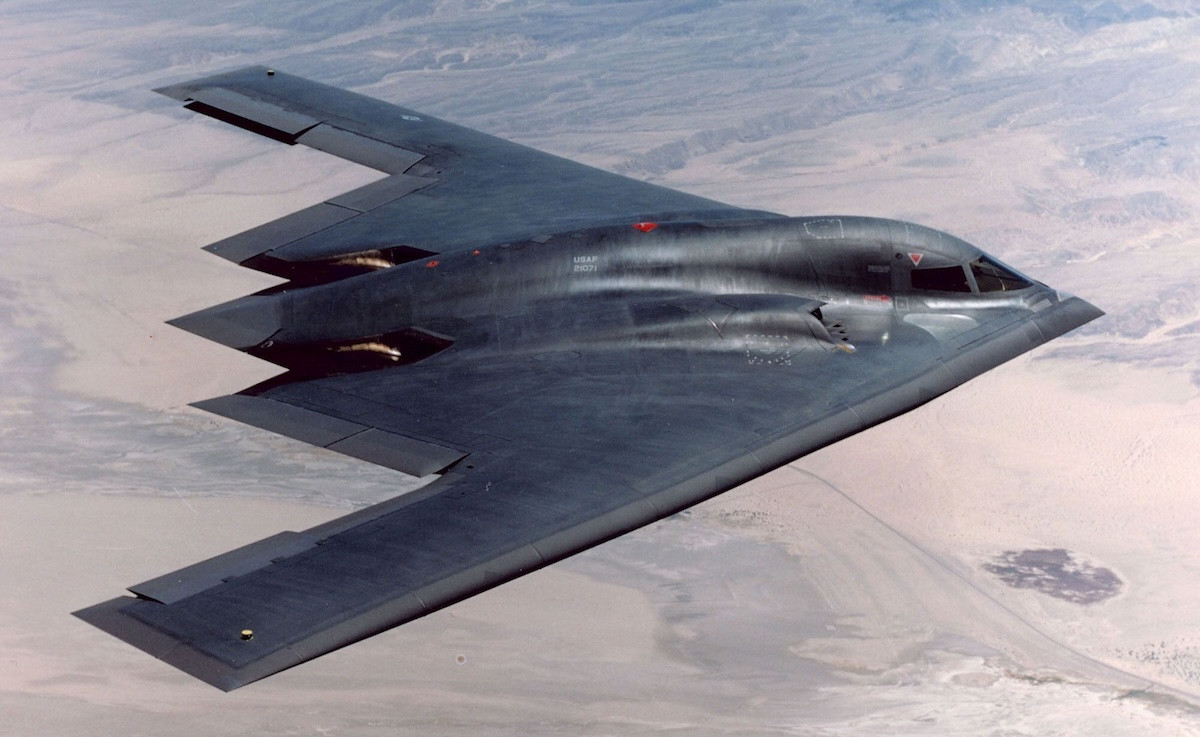Militaries around the world have been working for decades to improve the stealth capabilities of weapons platforms, such as fighter jets, making them difficult to detect with radar.
However, current stealth technology is still flawed and these weapons can still be detected if they are tuned to the right wavelength.
In addition to aerodynamic designs to reflect the least amount of waves, stealth aircraft are still largely made from special composite materials, including graphene and carbon fiber, that absorb certain types of radar waves instead of reflecting them.
Anti-stealth with satellite internet
Planes are detected when they reflect waves from radar systems. China claims to have developed a new radar system that uses its BeiDou satellite constellation to detect slight refractions from passing stealth aircraft.
“With a simple receiving antenna, the radar is low-cost, can be deployed almost anywhere on earth and emits no broadcasts that could reveal its location,” according to the SCMP .
According to a research team from Wuhan University (China), today's top stealth fighters, such as the US F-22 Raptor, have special coatings and designs to minimize electromagnetic wave reflection, helping them bypass radar systems.

However, based on the fact that when stealth aircraft fly over low-orbit Internet satellites and ground-based receiving antennas, they can scatter the satellite's electromagnetic waves, manifesting as ripples.
Experts say that analyzing these small wave disruptions can determine the location and track the path of stealth aircraft.
According to astronomers' estimates, by the end of March 2024, there will be about 5,504 Starlink satellites in Earth orbit, out of 5,442 active satellites.
Combined with advanced radar systems, new invisibility cloak technology from Zhejiang University could give China a major advantage over its rivals.
Invisibility cloaks are designed to fool radar systems using special materials that bend waves around the aircraft as if they were passing through it.
The goal is to manipulate waves across the electromagnetic spectrum, including both visible and invisible parts.
The journey to find invisible supermaterials
Liu Ruopeng, an entrepreneur dubbed the "Elon Musk of China," has been researching these metamaterials for nearly two decades.
By 2011, scientists at China's Guangqi Institute of High Technology had begun mass-producing specialized metamaterials that could be used in China's fifth-generation fighter program (the J-35 and J-20 “Mighty Dragon” are two of China's fifth-generation fighters).

Two years later, scientists at the University of Texas, Austin, announced they had also created an invisibility cloak. However, it was only designed to protect aircraft from microwave light.
Then, in 2016, scientists in the UK announced a “surface wave cloak” that can make curved surfaces flatten when exposed to electromagnetic waves from many different frequencies, preventing them from scattering and revealing stealth aircraft.
A few years later, scientists from the US and Canada achieved a major breakthrough in the production of metamaterials with microlenses (metalens), which are flat surfaces that use nanostructures to control light.
Unlike previous stealth designs, this metalens renders objects invisible by bending light waves from across the entire visible light spectrum.
The metalens surface contains titanium nano-fins that can direct light waves to the exact location, regardless of the frequency of the wave. And because this metalens is quite thin, it is easier to use and manufacture than previous designs.
However, one of the bottlenecks of the technology is that metamaterials cannot consistently bend electromagnetic waves to one point to maintain invisibility.
This problem has been solved by a research team from Zhejiang University (China), by developing a new three-dimensional metamaterial that can control incoming waves and ensure the cloak remains invisible in all situations.
Additionally, with the help of artificial intelligence (AI), the cloak can adapt to changing conditions like a gecko. Sensors on the drone measure factors such as the frequency and angular velocity of radar waves, and the AI then processes this information and instructs the drone to manipulate tiny structures on the metamaterial surface to adjust the waves.
Unlike previous cloak concepts, the team says this smart system can operate in real time without human intervention.

Source: https://vietnamnet.vn/hanh-trinh-tim-kiem-sieu-vat-lieu-tang-hinh-cho-may-bay-2366602.html

























![[Photo] National Assembly Chairman Tran Thanh Man visits Vietnamese Heroic Mother Ta Thi Tran](https://vphoto.vietnam.vn/thumb/1200x675/vietnam/resource/IMAGE/2025/7/20/765c0bd057dd44ad83ab89fe0255b783)













































































Comment (0)